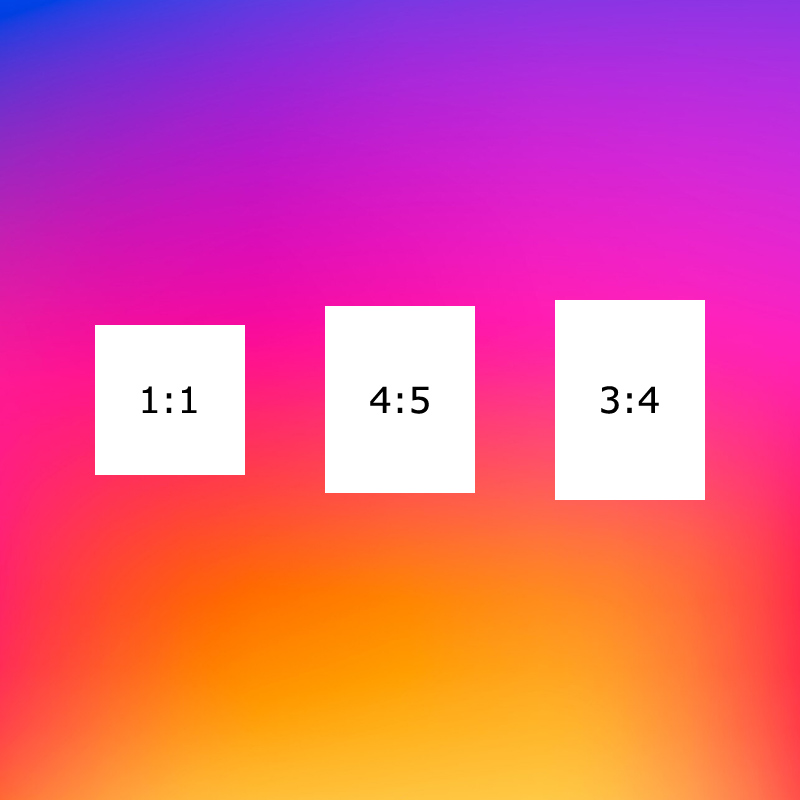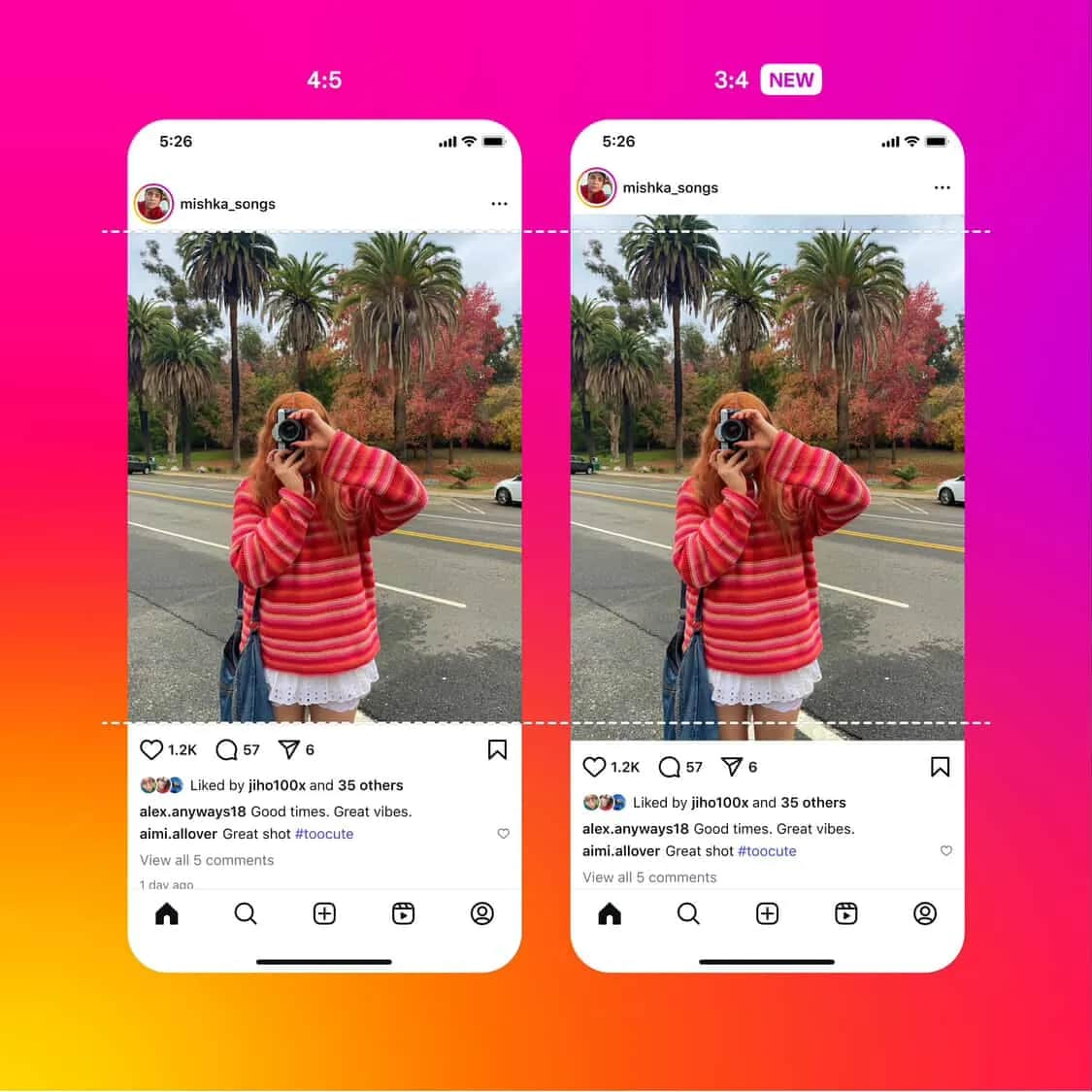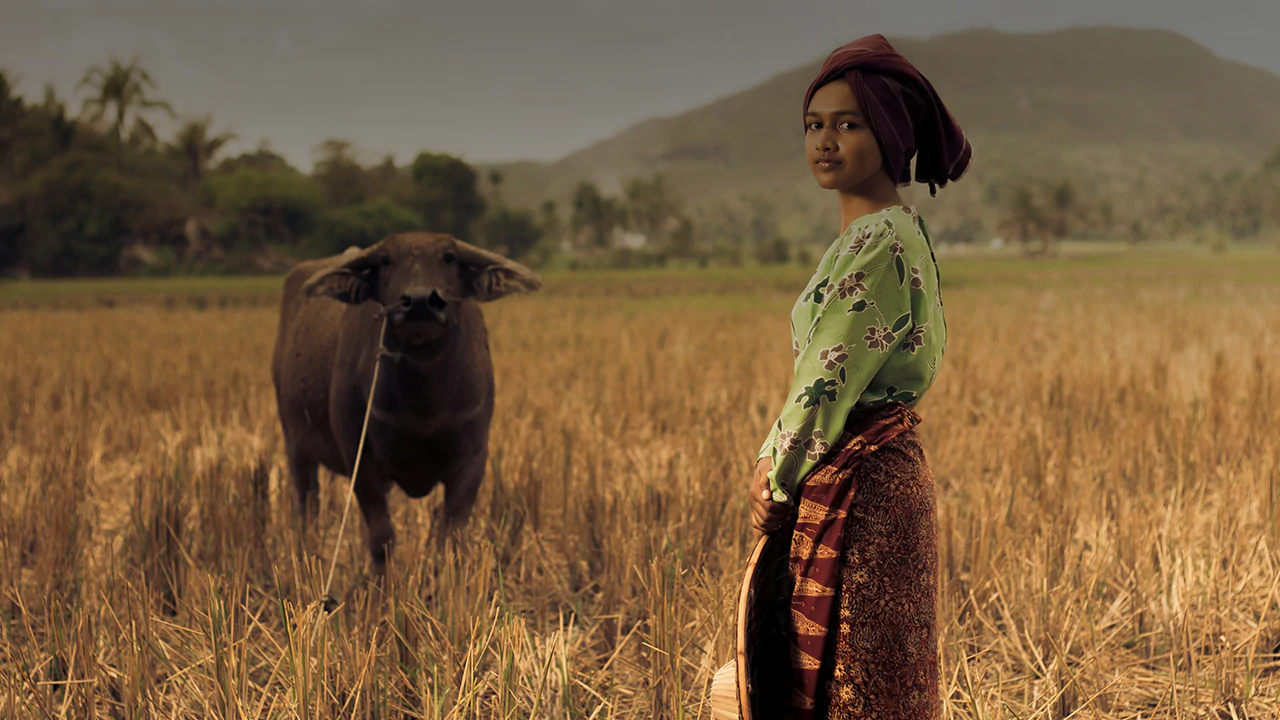
Instagram was launched on October 6, 2010, and it has come a long way before it becomes what it is now.
Originally called Burbn, it was a check-in app inspired by Foursquare. However, its founders realized that users gravitated more toward its photo-sharing feature. Realizing this, they stripped everything else out and focused on what made people come back: photos, filters, and simplicity.
The name Instagram comes from combining "instant camera" and "telegram"—a nod to retro photography and quick sharing.
Because it was heavily inspired by Polaroid-style instant photography, giving the app a vintage feel, Instagram only supported square photos—a 1:1 aspect ratio (think 612×612 pixels, later bumped to 640×640, and eventually 1080×1080). At the time, this wasn’t just aesthetic—it also made the app easier to design, display consistently, and allowed quick uploading with minimal cropping headaches.
At that time, Instagram tapped perfectly into the emerging smartphone culture, especially the iPhone boom, and managed to gain 1 million users in just two months.
However, this square-only format frustrated a lot of users in more recent times.
Since photographers wanted more to showcase wide landscapes or tall portraits without awkward cropping, Instagram began introducing landscape (horizontal) and portrait (vertical) support.
Photos no longer had to be square—users could now post photos in portrait with up to a 4:5 aspect ratio (e.g. 1080×1350).
Now, Instagram is introducing another ratio.
Instagram boss Adam Mosseri revealed this in a post on Threads, saying that Instagram now supports photos with 3:4 aspect ratio.
Most modern smartphones capture photos in a 3:4 aspect ratio by default (or 4:3 when taken in landscape). As a result, the majority of images in users’ photo libraries naturally conform to this frame.
Instagram 4:5 portrait ratio is visually close to 3:4.
Because of this subtle similarity, many users may have never noticed a difference when uploading their photos—yet there was one.
Prior to native 3:4 support, Instagram would automatically crop the top and bottom of 3:4 images to fit its 4:5 frame. This meant that users were quietly losing a slice of their composition every time they posted, especially in vertically framed shots.
Now, with support for the original 3:4 ratio, Instagram no longer trims images.
Photos are displayed just as they were taken, preserving the full frame and allowing for a more authentic and accurate representation of what was originally captured.
To illustrate the update, Instagram included a side-by-side comparison: one post shows a photo displayed in the traditional 4:5 frame, while the other features the same image posted in its native 3:4 aspect.
Dotted lines were used to highlight the portion of the image that would previously have been cropped—usually trimming the top and bottom. It’s a subtle, but meaningful shift that reflects Instagram’s ongoing effort to better accommodate the way users actually shoot and share their content.

On its Creator's Broadcast Channel, Instagram not only confirmed the long-awaited change, but also said that the update to carousel collections, giving users greater flexibility when sharing content from their camera rolls.
What this means, the 3:4 aspect ratio applies not only to single-photo posts.
Of course, the classic 1:1 square and 4:5 portrait formats are still supported, so creators can continue posting in whichever frame best suits their aesthetic.
It’s worth noting that 4:3 images—as well as other landscape or horizontal aspect ratios—have long been supported on Instagram.
Technically, users could post their 3:4 photos in full by simply rotating them into landscape orientation. But while that workaround preserved the entire image, it came with a catch: viewers would need to tilt their phones—or their heads—to properly see it.
Now, with native 3:4 portrait support, there's no need for awkward adjustments.
Photos can be shared exactly as they were shot, upright and uncropped, offering a cleaner, more intuitive experience for both creators and their audiences. It’s a small but meaningful quality-of-life improvement that honors the way people naturally take and consume photos on mobile devices.
